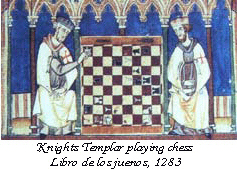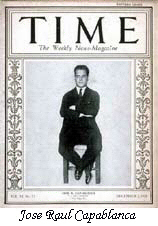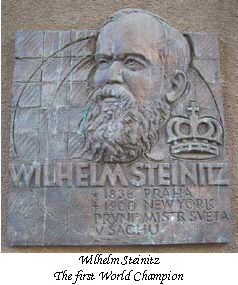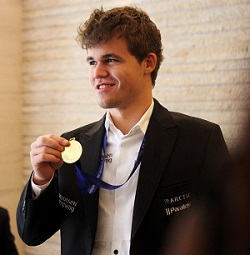Game of Chess and its History Origin of Chess Chess originated in India, where its early form in the 6th century was chaturanga, which translates as “four divisions of the military” – infantry, cavalry, elephants, and chariots, represented respectively by pawn, knight, bishop, and rook. In Persia, around 600AD, the name became shatranj and the rules were developed further. Shatranj was taken up by the Muslim world after the Islamic conquest of Persia, with the pieces largely retaining their Persian names. In Spanish “shatranj” was rendered as ajedrez and in Greek as zatrikion, but in the rest of Europe it was replaced by versions of the Persian shah (“king”). The game reached Western Europe and Russia, from the 9th century and by the year 1000 it had spread throughout Europe. 
Around 1200, rules of shatranj started to be modified in southern Europe, and about 1475 several major changes rendered the game essentially as it is today. The oldest preserved printed chess book, Repeticion de Amores y Arte de Ajedrez (Repetition of Love and the Art of Playing Chess) by Spanish churchman Luis Ramirez de Lucena was published in Salamanca in 1497.
By the eighteenth century the center of European chess life had moved from the Southern European countries to France. Centres of chess life were the coffee houses of the large European cities like Café de la Regence in Paris and Simpson’s Divan in London. As the nineteenth century progressed, chess organization developed quickly. Many chess clubs, chess books and chess journals appeared.
World Championship
The first modern chess tournament was held in London in 1851 and from the end of the 19th century, the number of master tournaments and matches quickly grew. Prague born Wilhelm Steinitz founded an important tradition: his triumph over the leading German master Johannes Zukertort in 1886 is regarded as the first official World Chess Championship. Steinitz lost his crown in 1894 to a much younger German mathematician Emanuel Lasker, who held the title for 27 years, the longest tenure of any World Champion.
 
It took a big prodigy from Cuba, Jose Raul Capablanca (World Champion 1921-1927), to end the German-speaking dominance in chess; he was undefeated in tournament play for eight years until 1924. His successor was Russian-French Alexander Alekhine, a strong attacking player, who died as the World Champion in 1946, having briefly lost the title to Dutch player Max Euwe in 1935 and regaining it two years later.
Post War Period
After the death of Alekhine, a new World Champion was sought in a tournament of elite players. This was managed by FIDE, who have, since then, controlled the title. The winner of the 1948 tournament, Russian Mikhail Botvinnik, started an era of Soviet dominance in the chess world. Until the end of the Soviet Union, there was only one non-Soviet champion, American Bobby Fisher (champion 1972-1975). Great players, such as Anatoly Karpov and Gary Kasparov, have held the title. The current World Champion is Magnus Carlsen from Norway and Women’s World Champion Hou Yifan from China.
In 1927, the Women’s World Chess Championship was established; the first champion being Czech-English master Vera Menchik.

Magnus Carlsen

Hou Yifan
Chess World Today
Chess is arguably one of the oldest and most popular mental sports in the world. It is an established part of our modern culture, and it is perceived as being desirable to learn how to play chess and show levels of mastery and skill improvement. The impact of information technology on chess must be acknowledged as highly positive with a resulting higher proliferation of chess information, awareness and playing opportunities globally.
Future
Chess is undoubtedly a sport for everybody and through international and national training programs, for all levels, we will continue to see more players participating and at the same time this will bring with it benefits to both professional and amateur levels. Chess is taught to children in schools around the world and used in armies to train minds of cadets and officers. Many schools hold chess clubs and there are many scholastic tournaments specifically for children.
From World Chess Federation (FIDE)
|
